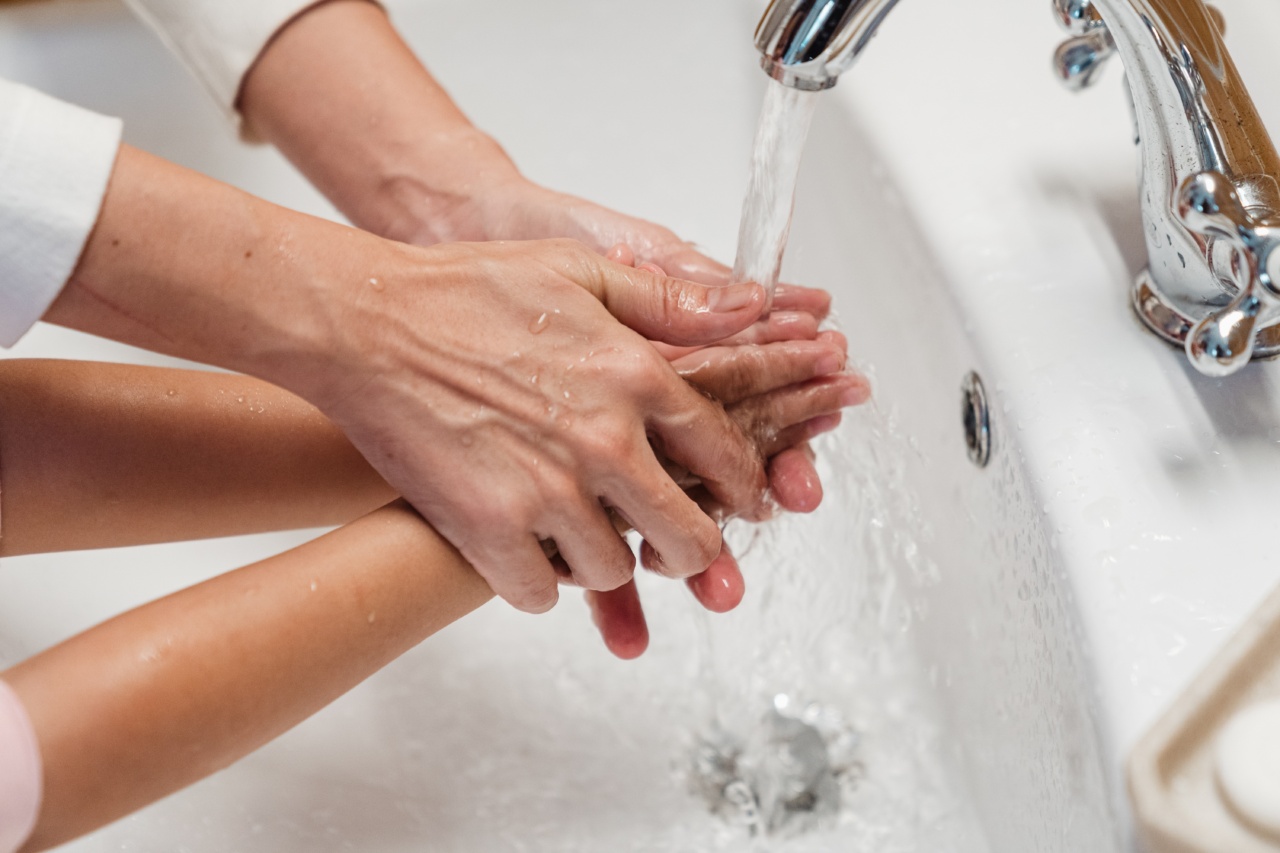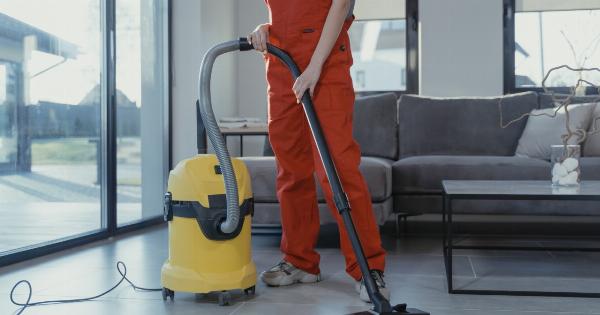Having a child with mite allergies can be challenging, as it can cause discomfort and sleep disturbances. Mites are tiny insects that are commonly found in household dust and can trigger allergic reactions in sensitive individuals.
While it may not be possible to completely eliminate mites from your home, there are several steps you can take to reduce allergen exposure and prevent mite allergies in your kids. In this article, we will discuss prevention strategies that can help alleviate symptoms and improve your child’s quality of life.
1. Keep the Bedroom Clean and Dust-free
The bedroom is where your child spends a significant amount of time, so it’s crucial to keep it as dust-free as possible. Here are some tips to achieve a mite-free environment:.
Regular Cleaning: Vacuum the floor, mattress, and furniture regularly using a vacuum cleaner with a HEPA filter. This will help remove dust and mite allergens effectively. Avoid sweeping, as it can stir up dust particles.
Encase Pillows and Mattresses: Use zippered, allergen-proof covers on your child’s pillows and mattresses. These covers create a physical barrier, preventing mites from colonizing in these areas.
Wash Bedding in Hot Water: Machine-wash your child’s bedding, including sheets, blankets, and pillowcases, in hot water (above 130°F or 54.4°C) every 1-2 weeks. Hot water kills mites and removes allergens.
2. Maintain Optimal Humidity Levels
Mites thrive in environments with high humidity. By maintaining optimal humidity levels in your home, you can make it less favorable for mites to survive. Here’s what you can do:.
Use Dehumidifiers: Use dehumidifiers in areas where mites are likely to exist, such as the basement and bathroom. Aim for humidity levels below 50% to create an unfavorable environment for mites.
Ventilation: Proper ventilation helps reduce humidity levels indoors. Open windows regularly to allow fresh air to circulate and prevent moisture buildup.
Avoid Water-related Activities: Limit water-related activities in the bedroom, such as keeping fish tanks or using humidifiers, as they can increase humidity levels and promote mite growth.
3. Wash Stuffed Toys Regularly
Stuffed toys can harbor dust mites, especially if your child’s bedroom is carpeted. Follow these steps to ensure proper cleaning:.
Machine-washable Toys: Choose stuffed toys that are machine-washable. Regularly wash them in hot water to kill mites and remove allergens. Ensure the toys are completely dry before returning them to your child’s room.
Non-washable Toys: If your child has non-washable stuffed toys, place them in a plastic bag and freeze them for at least 24 hours. Freezing kills mites and can be an effective alternative to washing.
4. Control Dust and Carpeting
Controlling dust and minimizing carpeting in your home can significantly reduce mite allergens. Here’s what you can do:.
Regular Dusting: Dust surfaces frequently using a damp cloth or electrostatic duster. This helps prevent dust particles from becoming airborne and settling on furniture and other surfaces.
Replace Carpets: If possible, replace wall-to-wall carpets with hardwood or vinyl flooring. Carpets trap dust and are difficult to clean thoroughly, making them ideal breeding grounds for mites.
Use Rugs with Washable Covers: If you prefer to keep some carpets or area rugs, choose ones with washable covers. Regularly wash the covers to remove mite allergens.
5. Minimize Clutter
Reducing clutter in your child’s room makes it easier to clean and lowers the number of surfaces where mites can thrive. Here are some clutter control tips:.
Declutter Regularly: Encourage your child to keep their room organized by decluttering regularly. Donate or store items that your child no longer uses to prevent dust buildup.
Use Storage Containers: Store toys, books, and other items in closed storage containers or shelves. This helps prevent dust accumulation on surfaces and keeps the room tidier.
6. Clean Air Filters
Filters in air conditioning and heating systems can collect dust and mite allergens. Follow these steps to keep the air in your home clean:.
Check Filters: Regularly check and clean the filters in your air conditioning and heating systems. Replace them as per the manufacturer’s instructions to ensure optimal performance.
Consider HEPA Filters: Consider using high-efficiency particulate air (HEPA) filters in your home. HEPA filters are designed to trap tiny particles, including mite allergens, and improve indoor air quality.
7. Teach Good Hygiene Habits
Teaching your child good hygiene habits can prevent mite allergies and reduce the risk of infections. Here’s what you can do:.
Regular Handwashing: Encourage your child to wash their hands regularly, especially before and after meals, after using the restroom, and when they come home from outside. Clean hands reduce the risk of allergen exposure.
Shower Before Bedtime: Have your child shower or bathe before bedtime to remove mite allergens from their body and hair. This helps prevent allergens from transferring to the bedding.
Change Clothes: Teach your child to change into fresh, clean clothes before getting into bed. This minimizes the risk of allergen transfer from clothes to bedding.
8. Consult an Allergist
If your child continues to experience severe allergy symptoms despite taking preventive measures, it’s essential to consult an allergist.
They can perform tests to identify specific allergens and recommend appropriate treatments, such as medications or allergen immunotherapy.
9. Allergen-proof the Entire Home
To create an allergen-proof environment throughout your home, consider the following measures:.
Remove Soft Furnishings: Minimize the number of soft furnishings, such as curtains and upholstered furniture, as they can trap dust and mite allergens. Opt for blinds and easily cleanable furniture instead.
Keep Windows Closed: Keep your windows closed, especially during high pollen seasons, to prevent outdoor allergens from entering your home.
Regularly Clean Air Ducts and Vents: Dust and allergens can accumulate in air ducts and vents. Have them cleaned regularly to improve air quality and reduce allergen exposure.
10. Monitor Your Child’s Symptoms
Finally, it’s crucial to monitor your child’s allergy symptoms and take appropriate action. If their symptoms worsen or persist despite preventive measures, consult a healthcare professional for further evaluation and guidance.
By implementing these preventive strategies, you can significantly reduce mite allergens in your home and provide a more comfortable environment for your child. Remember, consistency and regular maintenance are key to preventing mite allergies in kids.





























